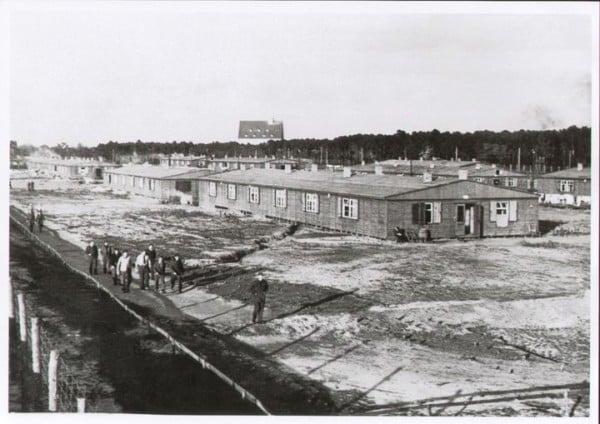Art World
Why Are Archaeologists Exhuming Thousands of Nazi Victims?


Henri Neuendorf

Archaeologists working near Przemysl, in southern Poland have unearthed a mass grave containing the remains of some 3,000 Russian and Italian soldiers. The men died during World War II in one of the notorious German prisoner of war camps, known as “Stalags.”
Time has taken its toll on the bodies. And because the men were stripped before burial, its almost impossible to pinpoint their identities or nationalities. Of the 3,000 bodies only two Russian soldiers have been identified.
The remains have ossified over time, so archaeologists are working on collecting the victim’s skulls, “It’s the only way to count the exact number of victims,” archaeologist Przemyslaw Kolosowski, told AFP. He added that most of the soldiers died of starvation or disease caused by the terrible living conditions in the POW camp.
The bodies will be given a proper burial next year when a new military cemetery opens in the nearby city of Nehrybka. Around 1,500 victims unearthed by the Polish Red Cross in 1963 have already been laid to rest there. “We don’t know why they didn’t check all the mass graves then. Maybe they didn’t have the funds,” Adam Siwek, of the Council for the Protection of Struggle and Martyrdom Sites said. “Today we’re finishing up what we should have been done long ago.”